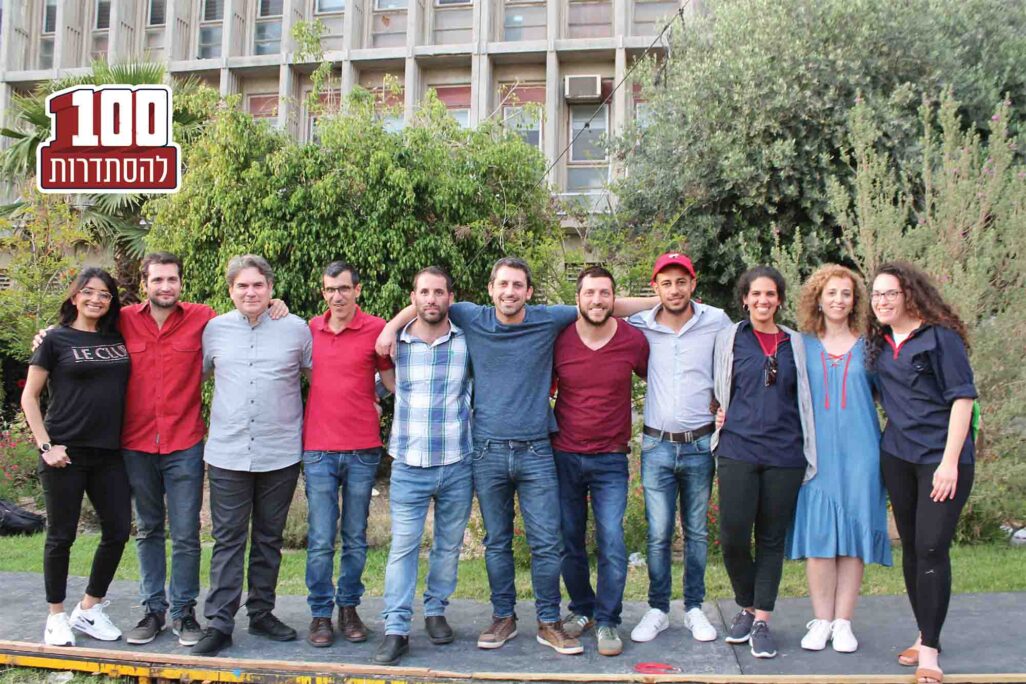
In 2020, the year of the coronavirus, more workers joined unions in Israel than in any of the past five years.
The statistic is impressive given how many workplaces have been shuttered by coronavirus lockdowns. But to Amichai Satinger, 46, the director of the Histadrut’s division for unionizing new workplaces, the uptick in unionization makes sense.
“Workers understand that they shouldn’t be taken advantage of during a crisis,” he says. “If a company is down 5% in revenue, then they need to cut pay by 5%. But don’t cut pay by 15%. Don’t take advantage of the crisis.”
According to Satinger, the Histadrut is aligning its messaging to workers with the reality of the ongoing pandemic. “We are currently broadcasting a new media campaign, which is called ‘It’s Our Nature to Unite,’” he says.
“It invites workers in workplaces where there is no union to join the Histadrut. The message is that living through this crisis has taught us the power of solidarity. I expect we will get hundreds of inquiries out of this campaign.”
“A new way to reach workers”
The New Unions Division, which Satinger leads, was established in 2010 by the Histadrut and the Dror Israel movement.
“The Histadrut set it up in response to the wave of privatization in the 1990s,” explains Satinger, who has worked in the division for seven years and has run it for the past five. “The changes in the Histadrut and in the Israeli economy made it necessary to create a new way for workers to unionize. The economic situation was getting worse and people were looking for ways to deal with it.”
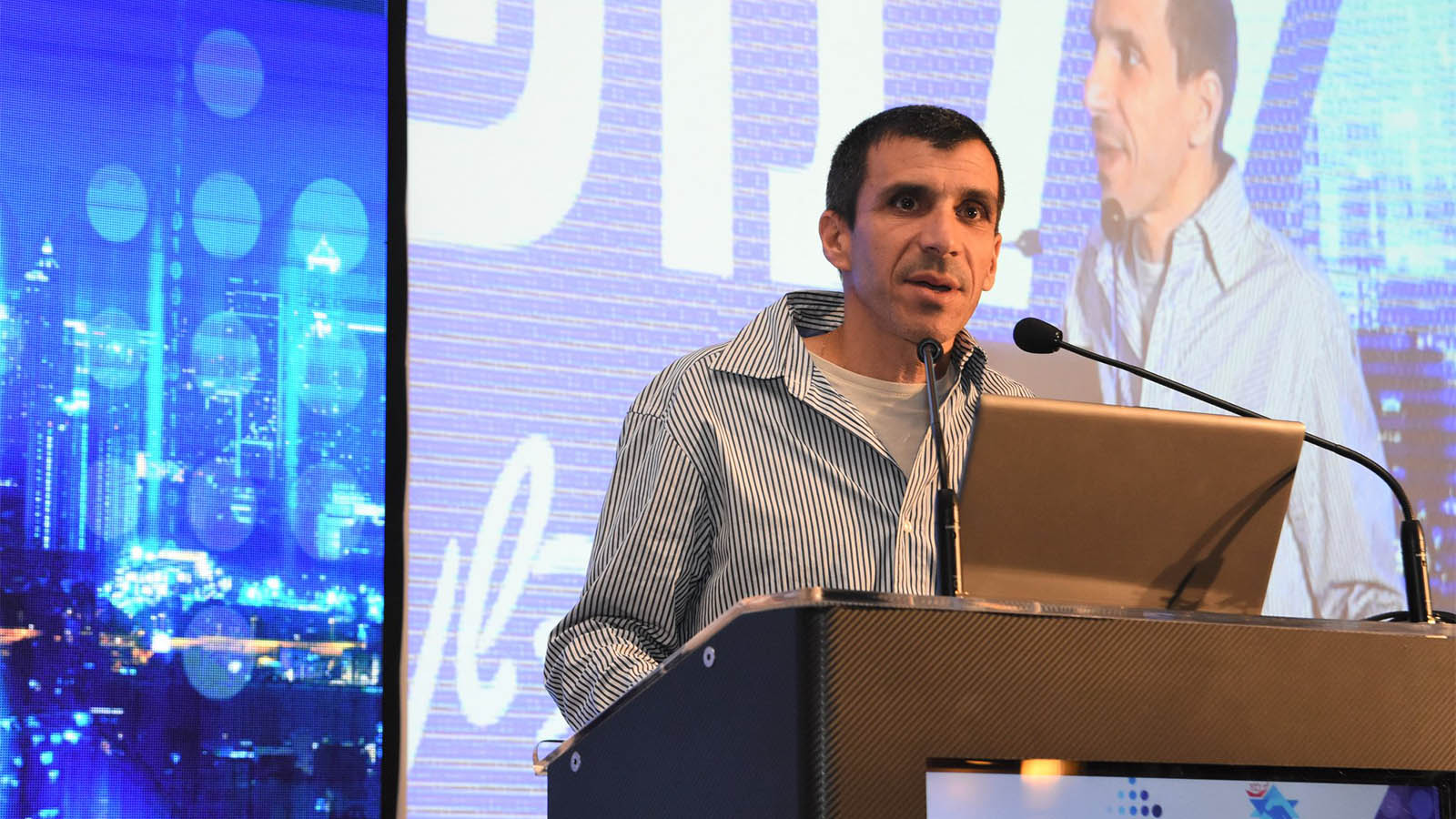
As surprising as it may sound, before 2010 the Histadrut did not directly unionize workers. Workers were members of the Histadrut by virtue of being insured with Clalit Health Fund.
“Everywhere you went, 70% of the workers were already in the Histadrut," says Satinger. “Before the division was established, the employees in non-unionized workplaces had no one to turn to.”
A law signed in 2009 says that employers must engage in collective bargaining if workers demand it. Then, in 2013, a ruling by the National Labor Court on the unionization effort at Pelephone made it illegal for employers to oppose the initial unionization efforts of their employees.
These changes set the stage for the Workers’ Union Division’s success in its first decade. The unionization of new industries – like telecommunications workers, independent contractors, and youth workers – has been a key part of the renewal of organized labor in Israel. Since 2010, more than 200,000 workers in Israel have joined unions for the first time.
“They join us because of our power”
"In the last decade," says Satinger, "the division has brought together more than 100,000 new employees."
Most of those workers are between the ages of 30 and 45, and make between 7,000 and 12,000 NIS a month, he says. And, they come from a wide range of industries: manufacturing, insurance companies, hightech companies, independent contractors, and youth workers.
While to some it can seem that the Histadrut wields too much power in society, according to Satinger, power is nothing to be ashamed of.
“People join unions precisely because we are strong and powerful. They wouldn’t join if we were weak,” he says. “People join because they understand that we need to strike a balance between the needs of workers and employers.”
“You join us because of our power,” he continues. “We have organizational power, strategic power, the power of a legal bureau. We have power that gives you, the simple worker, the ability to band together, to speak at eye level with your boss.”
To Singer, the Histadrut's nonpartisan stance is key to maintaining this kind of power.
“The Histadrut should be dedicated only to the workers. It should not take factional politics into account. We should always demand more for the workers without being ashamed, no matter who is in power,” he says.
“Imagine if the Histadrut was partisan, and now it was controlled by the Likud party, and tomorrow morning they would like to cut 15% or 20% of the salaries of public sector workers,” he continues. “Would we make decisions based on Likud’s political interests? Would we stop protecting workers?”
“If we were a weak organization, like an NGO made of students fighting for social justice who have something to say about everything but has no effect on reality, then they would not come to us. People may critique us, but they also think they would like to have some of our power. So they think, ‘I will be organized in the Histadrut and I will be able to take care of myself.’”
“No one is only motivated by self-interest”
Still, Satinger says, it’s not as though workers decide to get involved in union leadership because they want to seize power, or even because they are suffering at work. Often, he says, workers who lead unionization efforts are motivated by a desire to help the collective.
“No one who is only motivated by self-interest will set up a workers’ committee, for a 2% wage increase or even 5% wage increase, for a study fund and paid vacation,” he says. “What motivates them is first and foremost a belief in equality and justice. A belief that in the end they try to translate into job security, wage increases, and days off. They believe that workers are people who have rights, who do not have to feel that they are being done a favor, and that what is theirs is theirs.”
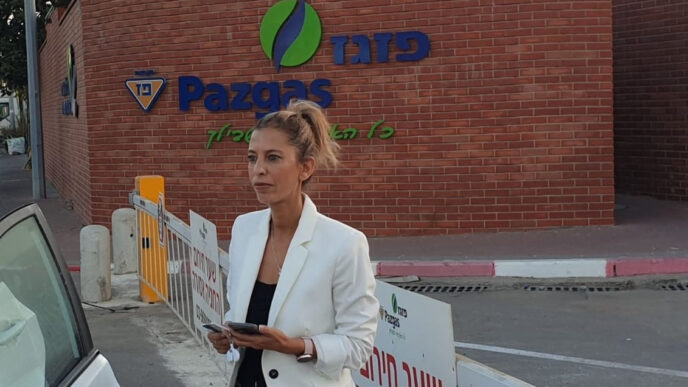
What makes these workers “heroes” in Satinger's eyes is not only their ideological motivation, but their willingness to take a risk to improve workers’ lives.
“99% of the people who lead a union will not be fired. We will take care of them,” he says.
And, he continues, leading a union comes with all the pressures of being a public leader.
“You are subject to criticism. You start as an ordinary and anonymous employee, and suddenly everyone follows your every move and statement,” he says. “Whoever leads the committee takes a risk. Is this price worth it? I think so.”
“A deterioration in labor relations”
Unions are gaining momentum, but at the same time, according to Satinger, relations between workers and employers are deteriorating.
“No employer celebrates when workers unionize. There are those who respect it, and there are people who look for ways to limit the union’s power. The latter is often what happens early on,” he says.
According to Satinger, matters have worsened over the past year.
“The courts and the legislature are lessening their hostility to unions, and employers are countering with rapid escalation,” he says. “They try to kill the union when it’s small.”
In reality, however, Satinger says that some employers’ open hostility can be preferable to others’ apparent openness to negotiations.
"What we've seen in recent years is that everyone seems to respect the union. Then they say, ‘let's sit down for negotiations,’ and they stall and delay until the effort to organize dies by itself. So maybe it's better to tell the truth from the beginning.”
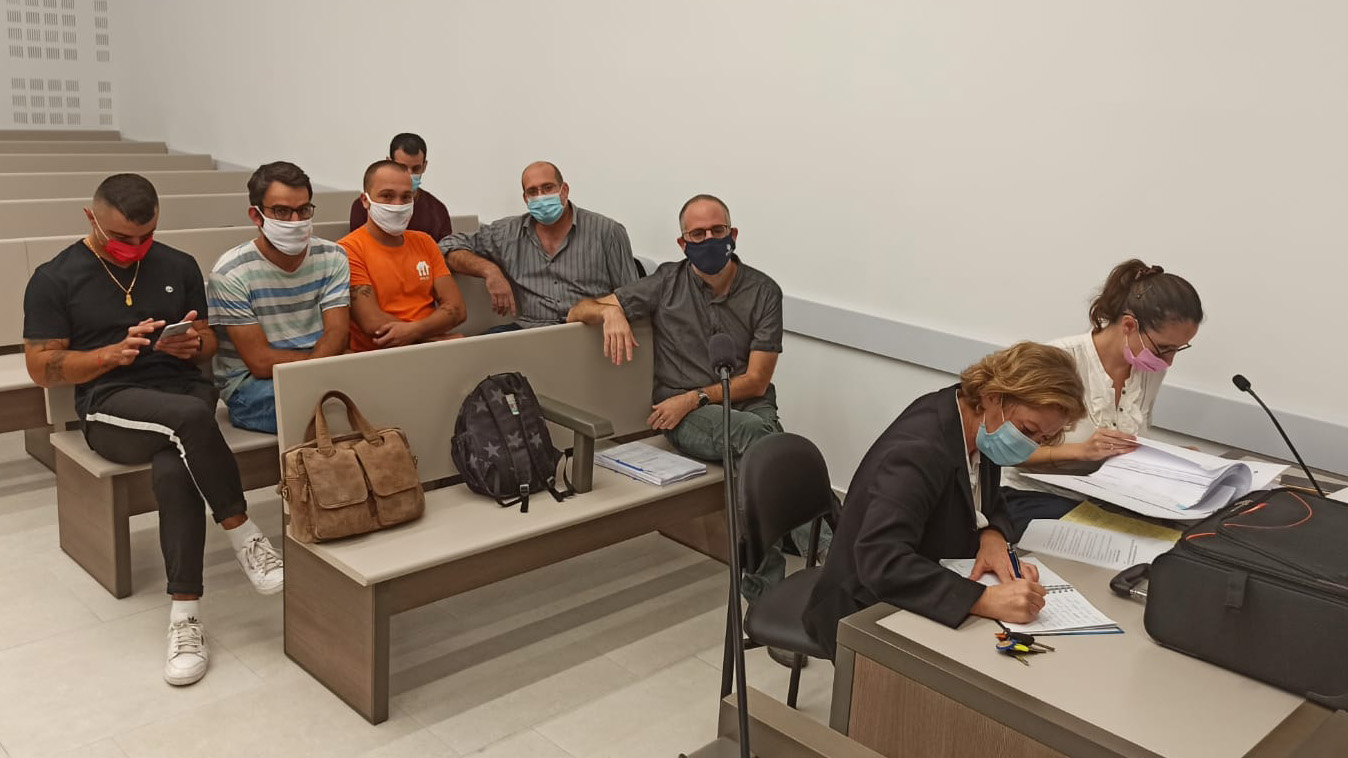
Preventing harm during the early stages of a unionization effort should be the role of the courts, says Satinger.
“In the end, if the employer does not want a collective agreement, it will be very difficult to force it, even if the Histadrut is on the side of the committee.”
“We do not reach out to them"
Unionization, Satinger says, starts with the workers.
“We do not reach out to them. Those who want to form a union apply to the Histadrut and we support them,” he says.
The first step is to set up a leadership committee. “It starts with four to seven members, depending on the size of the workplace, and on an agreed upon day they go out and organize their workplace.”
“Then usually a confrontation begins, a struggle with the employer that sometimes escalates. Look at Pelephone, Partner, Clal Insurance, Direct Insurance, Migdal Insurance, and 10bis. Or, other times, the struggle is less intense. In the end, in most cases, representation is declared, and negotiations begin.”
Satinger rejects the idea that some workers oppose unionization.
“There is no such thing. I do not believe it. If there are employees who are upset, they are usually messengers of the management. That’s my position, and usually it’s been proven correct.”
Still, he says, it's important that the leadership of a union is made up of workers with the right attitude.
“We know how to choose the employees who will lead it well. Never let the workers who are really suffering in the workplace lead the unionization effort. It can’t be a refuge and it can’t be a service to improve their conditions,” he says.
“No one has to qualify in an official way, but we always tell employees, ‘If you have comments in your personal file, if you have a pre-dismissal hearing, even if you want to argue with the employer for the right reasons, do not stand in the front. The effort should be led by an employee who everyone knows is fine. Not an outstanding employee, a regular employee.’ Otherwise it will hurt the effort.”
"You have to want to win all the time"
Satinger himself, like the union leaders he supports, is driven by ideology. At the Eilat Labor Conference, held earlier this year, just before the outbreak of the coronavirus pandemic, he said on stage: “Ultimately, the question is not whether unions are relevant, but what kind of society we want to create here. My son is 12. What world will we leave him? Will he always work in an alienated environment? Will his boss be just an application on a phone?”
At the same time, says Satinger, his work is exhausting. “It's not a job you can keep doing for years,” he says. “It's very abrasive. This is a daily and constant struggle, and it’s very difficult. The fact that you are doing it for the right reasons not only sharpens your mind, it also drives you crazy.”
“The main skill that people who lead unions have, besides the many skills from their trades, is that they put their hearts on the negotiating table,” he says. “We are professionals, but at the same time we do this work from the heart, because we understand what is at stake: people's lives, people's destinies, families, children, mortgages.”
“You have to want to win all the time,” he continues. “Not because you love to win, but because when you lose it is final. People go home. How long can you maintain this attitude of needing to win? It makes you a different person.”
He claims the strength to continue comes from the knowledge that he has support.
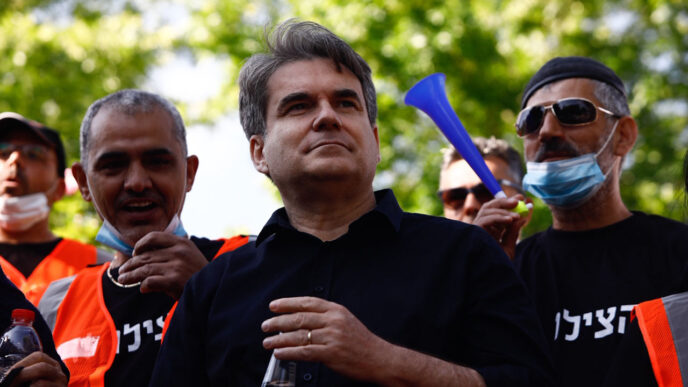
“We receive full support from the chairman of the Histadrut and the chairman of our department, Avi Edri. Nothing here would have happened without their backing,” he says. “We are the department that gets the most extensive backup, and there is nothing we ask for and do not get. We thank them for that, and we don’t take it for granted.”
And, as much as it raises the stakes, believing in the mission behind his work keeps him going. “I think this is an important mission. This is the most effective and broad and general way to promote social justice,” he says.
“I think the chairmen of committees of 100, 500 and 2,000 workers, people who fight for wage increases, who struggle to reduce socioeconomic gaps, are actually affecting the lives of real people much more than the elected officials,” Satinger asserts.






